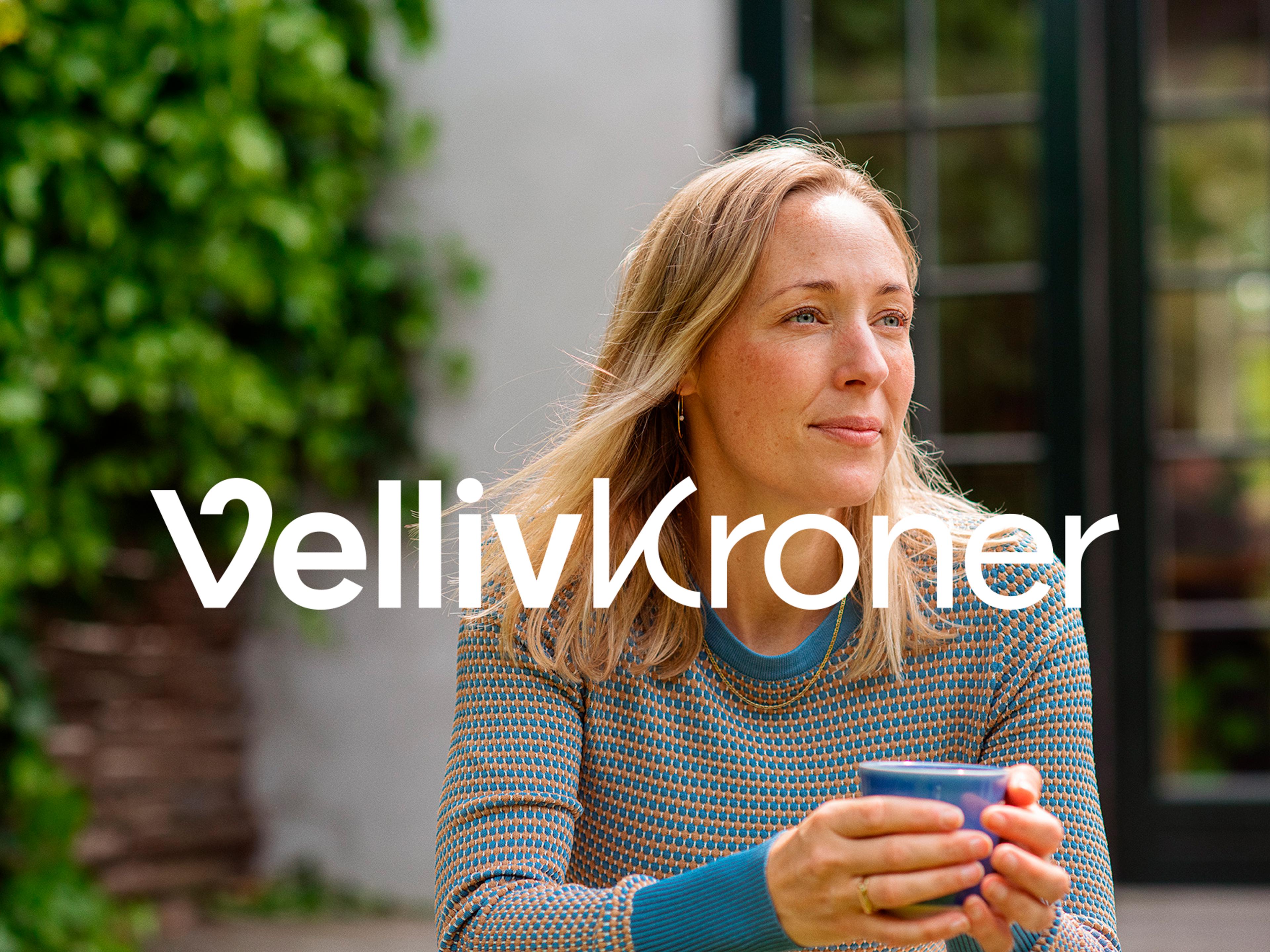We're introducing VellivKroner for market-rate customers
At Velliv, we're owned by our customers. That's why we believe in giving back to them when things are going well.
The idea is simple: When Velliv does well, you should benefit too. If you're a customer with market-rate pension, this happens through VellivKroner which are paid directly into your pension savings.


